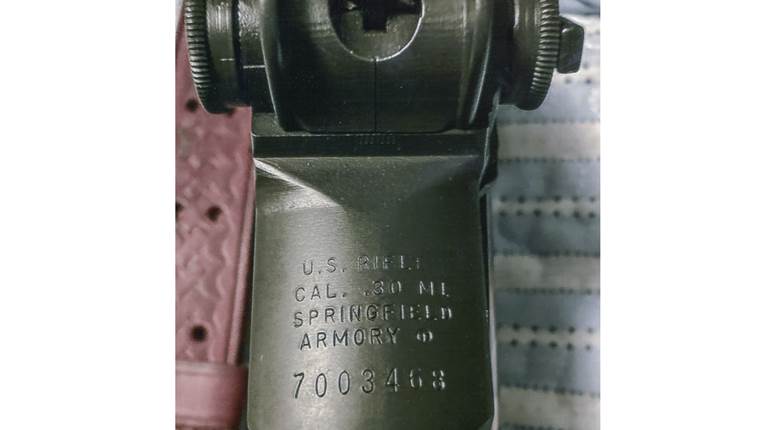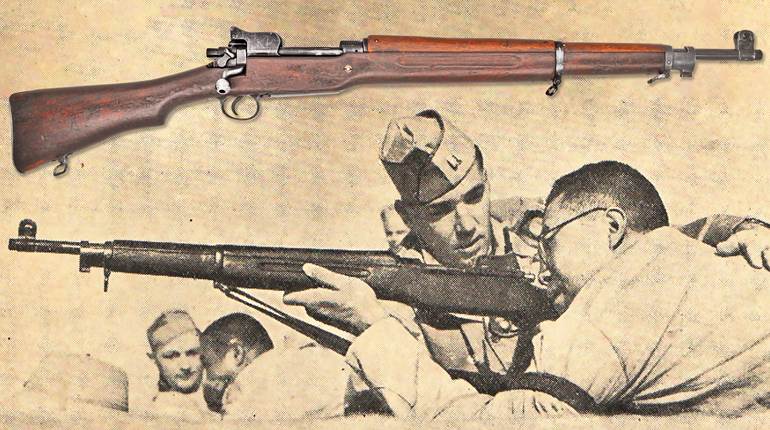
Q: I don’t understand what John Garand was thinking when he incorporated the eight-round clip mechanism into his rifle when he could have used a detachable magazine that would have been better. After all, the Browning Automatic Rifle was invented a number of years before the M1 rifle, and John Browning used the efficient detachable magazine in that design.
A: Your criticism toward John Garand is misplaced. Garand utilized the en bloc clip because that’s what the Ordnance Dept. wanted.
Garand’s first two prototype primer-actuated, semi-automatic rifles used detachable box magazines. John Pedersen was developing a semi-automatic rifle of his own design at Springfield Armory in the early 1920s when Garand was working on his rifles. Pedersen persuaded the Ordnance Dept. that the en bloc clip was the better design.
When Garand switched from a primer-actuated mechanism to gas operation, Ordnance mandated that he use an en bloc clip with his new design (which ultimately became the M1 rifle) rather than the detachable box magazine. The pros and cons of the en bloc clip design can be (and often are) debated, but John Garand’s initial preference was the detachable box magazine.
The story of the M1 rifle's adoption and evolution in military service is a fascinating tale, and it's actually a story that involves some of the biggest names in the National Rifle Association at the time. American Rifleman Editor-in-Chief Mark Keefe tells the story in "U.S. Army Ordnance vs. NRA: The Battle Over the M1 Garand." There's also some wonderful information on early M1 Garand designs in Bruce Canfield's "Gas-Trap Garand: The First M1 Rifle Design" article.




































